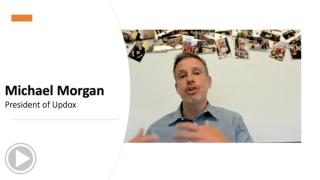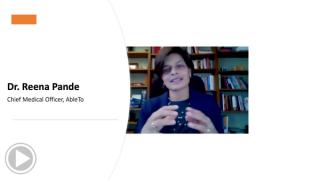
Mobile
Latest News
Latest Videos

Podcasts
CME Content
More News
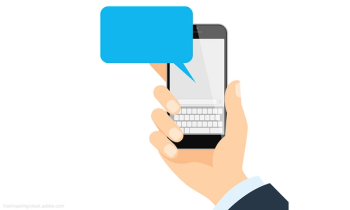
Text messages for patient payments and insurance verification make a difficult task easier. Tweak your technology to get paid on time and reduce the friction in your patient billing process.

Preparedness in the post-pandemic era demands that the healthcare industry disentangle itself from the fax machines, pagers, land lines and other unwieldy implements of a bygone age.
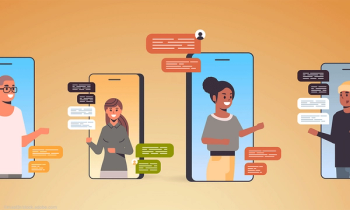
Appointment reminders are a great place to begin text messaging patients. Patients want them, laws (e.g., TCPA) are relatively lenient toward them, and they can reduce no-shows. See how to text message patient appointment reminders effectively.

Text messaging patients is a great way to boost engagement. But, it can be difficult to get patients enrolled in a text messaging service. Spam calls and texts are pervasive and TCPA penalizes improper text messaging practices.
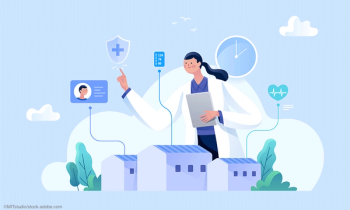
Five tips for a successful RPM program.
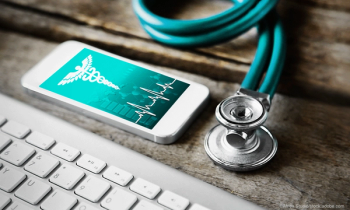
Texting patients is a double-edged sword. It can increase recalls, boost satisfaction, and improve care. But, it can also put hinder regulatory compliance and increase staff stress. Here are five tips to reduce these risks and make texting work for you.

Mobile apps have completely changed the medical field by providing healthcare professionals a safe, streamlined way to connect with patients and colleagues from anywhere. While virtual visits won’t completely replace seeing patients in person, doctors will need to equip their practices with up-to-date tech to keep up with the competition and patient demands.
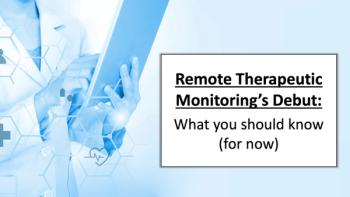
The proposed rule, issued July 13, greatly expanded what was known and understood about RTM but still left many questions unanswered.

Advances in remote monitoring are allowing for physician practices to further monitor heart failure patients on a regular basis, without the patients needing to leave their home. This real-time data provides seamless connectivity, improved clinical outcomes and reductions of adverse events.

How technology can aid physicians in returning to focusing on patient care.

As the industry moves forward, we must ensure all information is included and adoption is encouraged amongst providers of all sizes and types.

It is essential to maintain a level of regular communication and engagement with patients.

Compliance must be an integral component of a practice's RPM program.

Teleworking and telehealth have opened more doors for cybercriminals due to a lack of technical, administrative, and physical safeguards.

It will take more than a face value commitment to telehealth for physicians and patients to feel the impact.

How cellular technologies and remote patient monitoring are improving patient care.

It is critical to provide crystal clear communications along every step, including where they should park and how to check-in upon arrival.
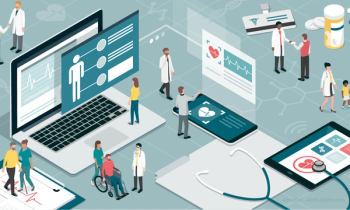
Follow-up survey shows virtual visits and remote care monitoring gained the most popularity and implementation.

Take advantage of new technology and technology consumption habits to improve patient engagement while boosting your bottom line.

A review of 7 apps that provide some functionality for medical practices and/or patients

Millennials are more likely than other age groups to switch providers if they are not getting what they expect from you. Learn how to attract, engage, gain trust, and establish a long-term relationship with the America’s largest generation.
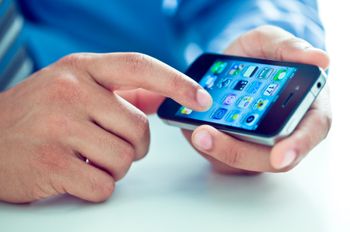
This month, Victor Abuel, MD, reviews an app for medical calculators that adds up to a handy tool.

A look at apps that provide some guidance on how non-healthcare professionals can learn more about CPR in the event they are a bystander to out-of-hospital cardiac arrest.

Physician practices are the keystone to the healthcare industry’s shift to value-based care. Technology tools such data analytics and automated communication can help practices provide preventive care and assist with population health management duties.
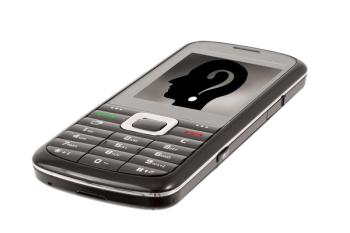
An app that gets patients to pick up their phone without giving them your personal number.






